Making Money at the Royal Canadian Mint
Touring the Winnipeg facility of the Royal Canadian Mint
On a corner in south-east Winnipeg, Manitoba, a pyramid shaped structure with copper coated reflective glass on two sides rises up from the prairie surrounded by green space and ponds inhabited by ducks and geese. It is the Royal Canadian Mint’s Winnipeg location. Designed by architect Etienne Gaboury, the building opened in 1976.
This is the location where all of Canada’s circulation coins are made. Coins for other nations are also minted here. The Mint has the capacity to produce 2 billion coins a year for foreign governments.

Guided tours are available in English and French. On the tour you will see the machines in action. 50 ton presses are able to produce 1000 coins a second. Note that photographs are not allowed in the tour area.
Tour guides explain the minting process and relay interesting stories about coin production, such as the spy coin story. In 2004, the Royal Canadian Mint issued the 25 cent Canadian poppy coin, the world’s first coloured circulation coin. In the centre of the coin was a red poppy stamped in reverse with pressurized ink and covered with a fluorescent security coating. The coin also became known as the spy coin. U.S. defense contractors travelling in Canada filed confidential espionage reports about the coins. They said the unfamiliar and innovative coating appeared to be nanotechnology and feared the black dot in the centre was a listening device. One contractor claimed someone put two coins into the outside pockets of his overcoat after he had emptied them in the morning.
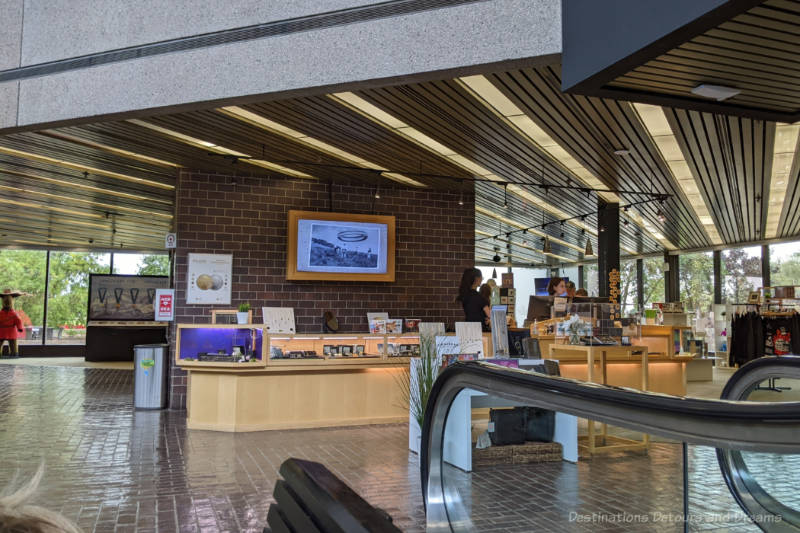
A boutique occupies the main floor of the building. The boutique sells collector coins, Royal Canadian Mint clothing, and souvenirs. It also has a few artifacts on display, such as 2010 Vancouver Olympic medals.
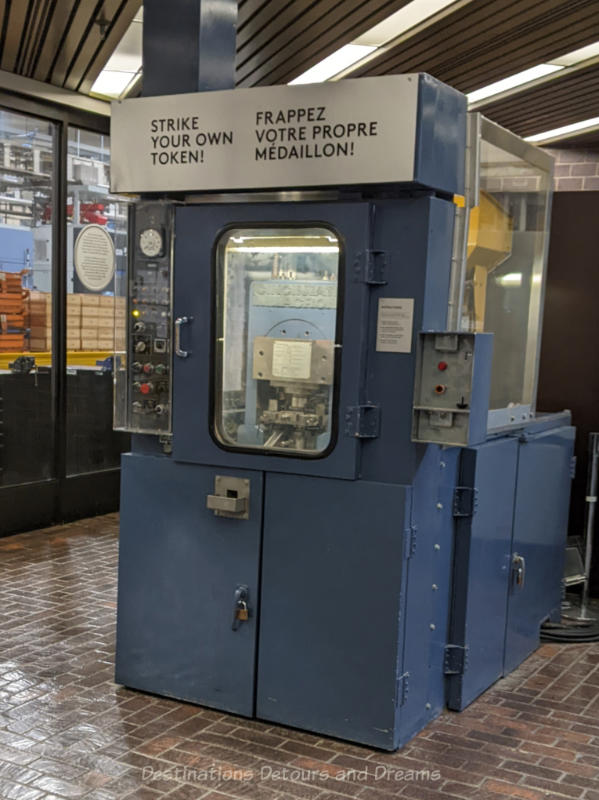
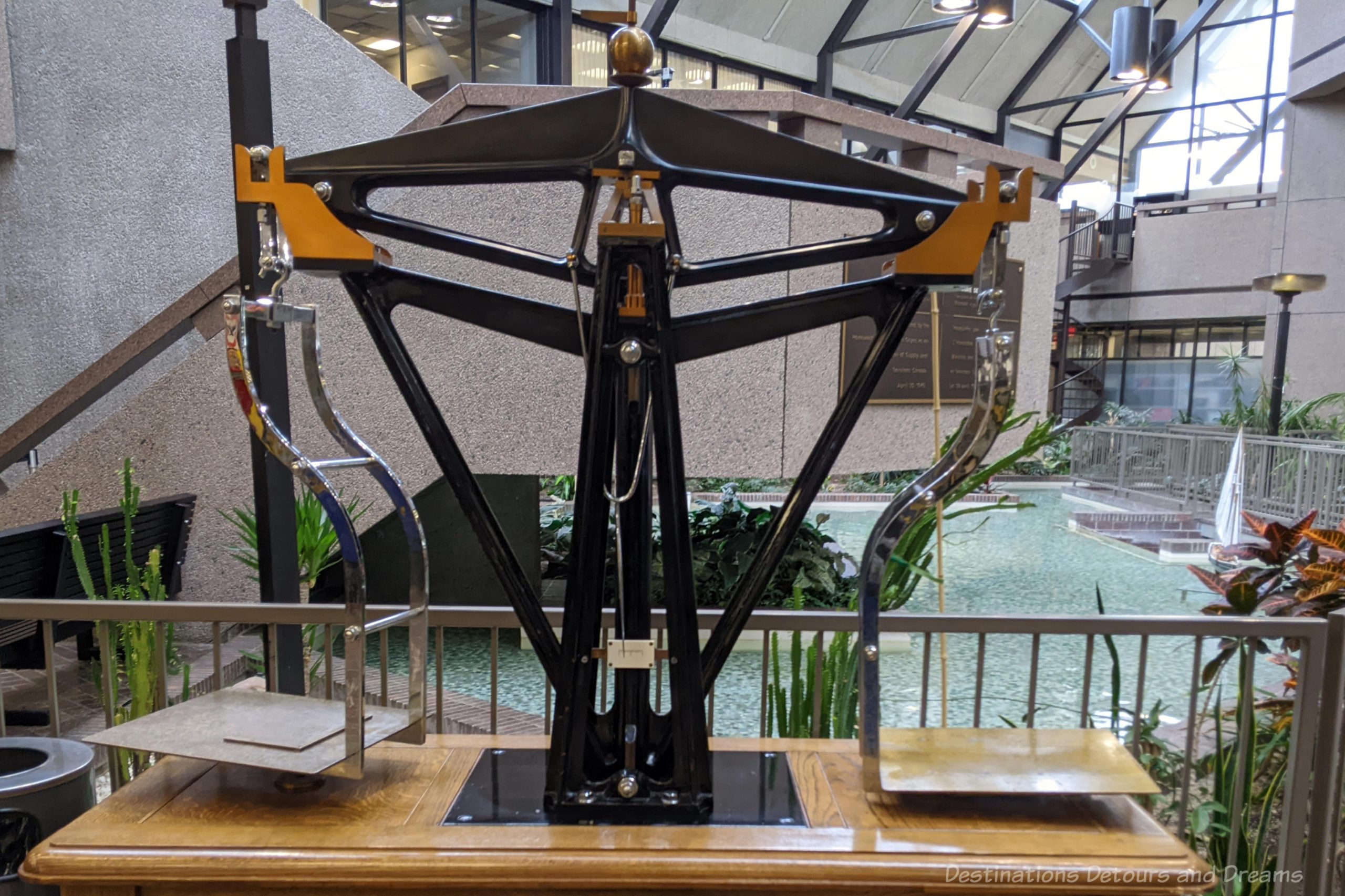
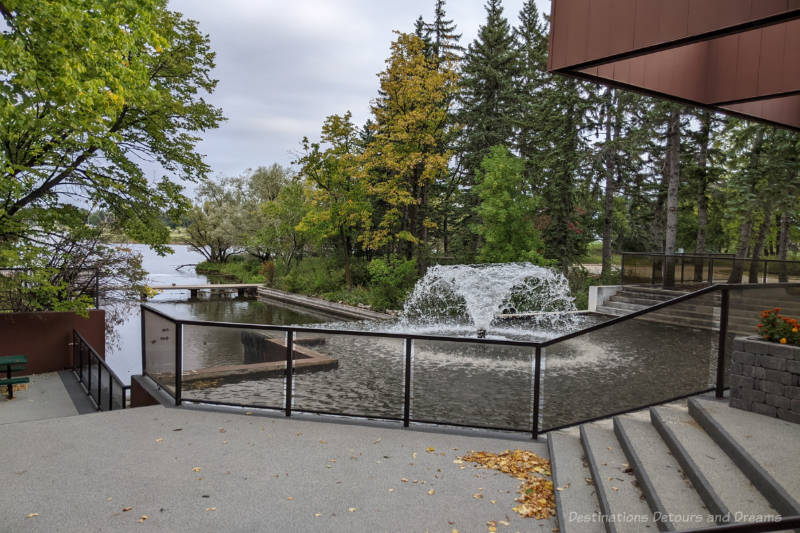
Visit the Royal Canadian Mint website to find out about tour times and prices. Due to fluctuating production schedules, not all tour times are guaranteed to view live coin production. (The Royal Canadian Mint is one of the places featured in my book 111 Places in Winnipeg That You Must Not Miss.)
PIN IT
Never miss a story. Sign up for Destinations Detours and Dreams free monthly e-newsletter and receive behind-the-scenes information and sneak peeks ahead.


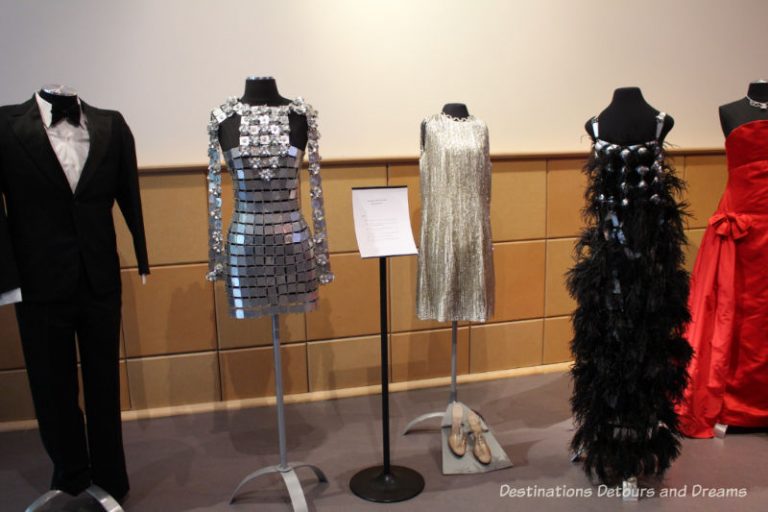
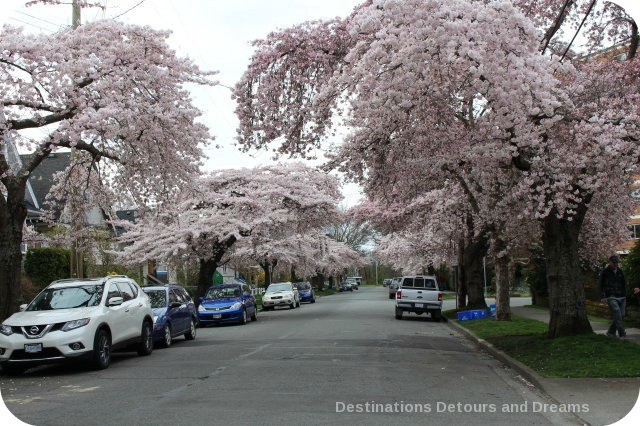
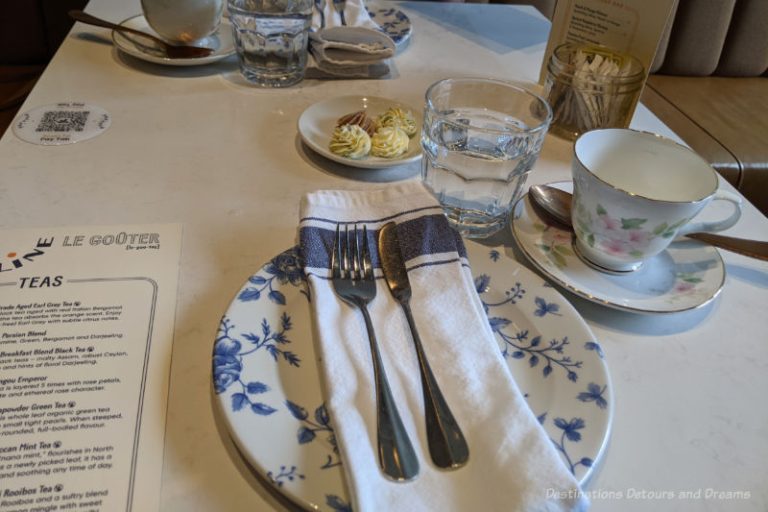
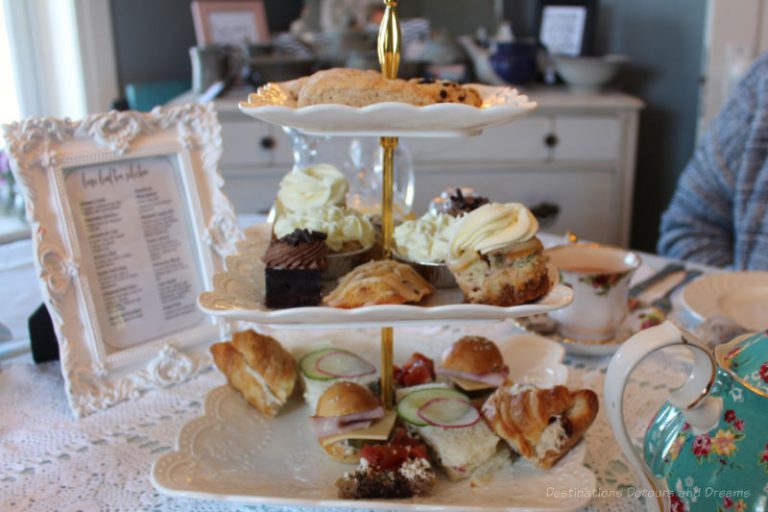
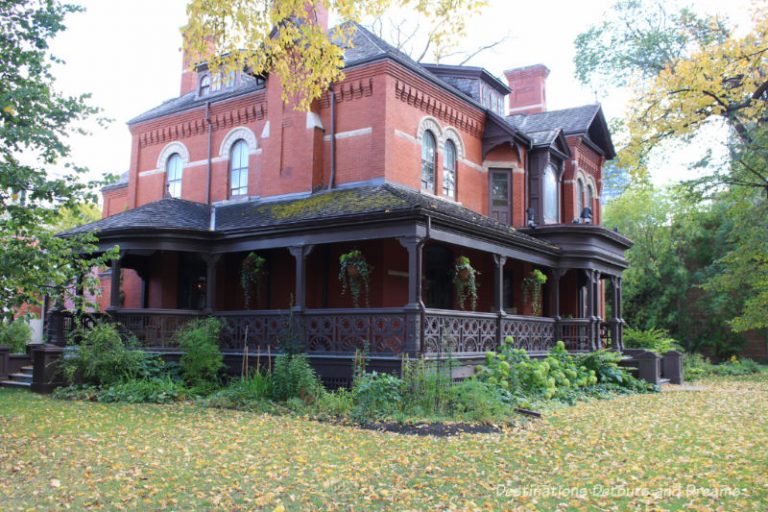
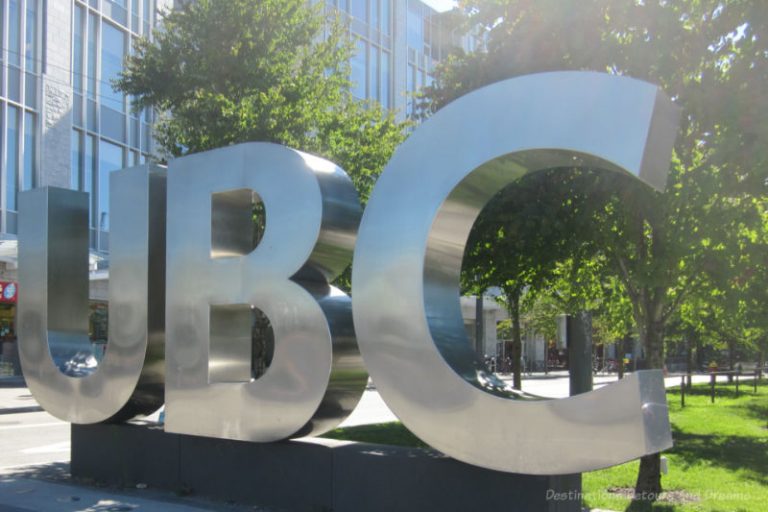
Hi Donna, I have not had the pleasure of visiting the coin mint though it sounds like a fascinating tour. It is always interesting to have an insight regarding items we might handle every day yet normally pay little thought to their production.
Yes there is often more involved in production of things than we realize. Apparently the ink on the first poppy coins wore off and the Mint subsequently improved the process.
Hi Donna, What an interesting tour! I love your face on the penny. Thanks for a great post.
Thanks Nancy
What a lasting legacy Etienne Gaboury has left on the skyline of Winnipeg. It’s hard to imagine the city without the Mint or The Esplanade Riel/Provencher Bridge. I’ve always wanted to go inside the Mint (but never did) but now feel as though I have thanks to your post.
Etienne Gaboury has certainly left a legacy. Over the past couple of years I’ve been exploring and digging deeper into the city I’ve lived in for forty years and his name keeps coming up. The Esplanade Riel and Mint, but also the stained glass windows in the new St. Boniface Cathedral, the outer shell of the controversial Louis Riel statue on the grounds of St. Boniface University, and more.
A tour of the mint sounds like an interesting thing to do and the building of the Royal Canadian Mint is very striking . We were recently in a museum in Nicaragua that had the currency displayed by decades and were fascinated to see its value fluctuate depending on the nation’s political and economic status.
A display of currency by decades sounds interesting. And yes, the Winnipeg Mint building is striking.
I love the picture of you looking through the coin. What a fun photograph! I haven’t visited this mint, but I took many photos of the outside of one in Melbourne, Australia because it was such a pretty building. Love the gold bar, but why bother if I can’t have it 😉
Thanks Michelle. The gold bar is pretty tightly secured.
It’s nice that they took some care in actually designing a building for the mint in Winnipeg. In Philadelphia, we have the grand edifices of yesteryear, but new federal buildings in the city tend to be boxes. I don’t remember seeing a poppy quarter when I was last in Canada or else all the ink had rubbed off mine.
Poppy quarters were issued in 2004, 2008 and 2010 and are still in circulation today. But you don’t come across them all the frequently. They are a small percentage of all the quarters in circulation. I also think that people save them.
I enjoyed the story about the spy coin and your picture on the coin looks better than some of our old presidents for sure! I didn’t know they stopped making one cent coins and America will get with it some day but who knows when.
Thanks. I think that cutout is the extent of seeing my face on coins! With a penny being worth less and less, I guess the cost of production isn’t worth it.